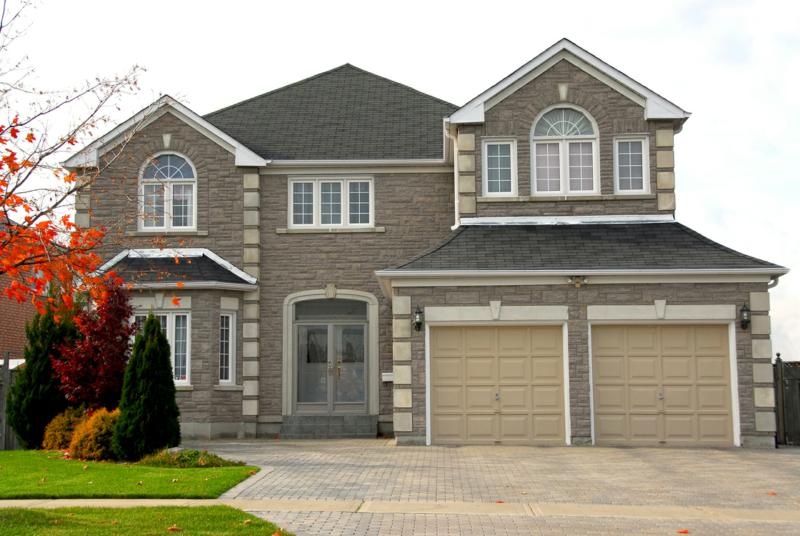Short Sales, Foreclosures, Resales … Huh?
Times were you looked at a few houses, found one you liked and made an offer to the current owner. After a bit of haggling, you settled on a price that both parties could live with and away you went. Easy as pie.
In the current landscape, however, buying a home is not always that simple. Due to the prevalence of foreclosure properties and upside down sellers in today’s market, a buyer is often in the dark as to the nuances that may vary from one property to the next. To that end, there are certain rules of thumb that a buyer should keep in mind as he or she navigates the 2009 Scottsdale Real Estate market.
1. The Short Sale Property
You’ve read about them in the paper, heard about them on the news and know somebody who attempted one, but still may not know exactly what a short sale is. First off, I would be remiss if I didn’t make the requisite quip that short sales are anything but short. By and large, they are loooooooooooooooooooooong.
The term “short sale” is derived from the seller’s lack of equity in the property. In fact, the seller is upside down to the point that the market value of the home is less than what is owed on the mortgage(s). With a short sale, the seller must convince the bank to take a loss by agreeing to the sale. There are numerous pitfalls, including waiting for weeks or months for the lienholder’s response and low success rates (less than 10% of short sales are successful). One particular difficulty lies in ascertaining whether a seller even qualifies for a short sale at any price. Each institution has its own unique standards, but sellers must adequately demonstrate hardship (job loss, etc), provide up to date financial statements and pay stubs, document where all funds for a line of credit have gone (the lender in 2nd position will disallow a short sale if the funds went anywhere except back into the house (kitchen remodel, pool, etc). The biggest saboteur of a short sale, other than an incompetent listing agent, is the presence of a second loan. Multiply the difficulty exponentially if the loans are held by different institutions.
If it sounds like a lengthy, treacherous process, that is because it often is. Short sales, in this agent’s humble opinion, only make sense for the buyer with no real time table. Investors, specifically, are primed to take a stab at one if the purported price (the price listed in the MLS is really just a moving target when you don’t know what the bank will ultimately deem acceptable) is attractive enough. If you don’t plan to live in it, and won’t be devastated if it doesn’t pan out, have at it.
2. The Foreclosure Property
If 2009 could be summed up by initials, they would be “REO.” Real Estate Owned properties, or foreclosures, are all the rage this season, and for good reason. Banks are awash in foreclosed homes at present and have effectively set the market. Eager to rid themselves of bloated inventories, the various institutions have well-earned reputations for bargain basement pricing. By the time a bank takes a property back from an owner in default via a Trustee’s Sale, I find they are often ready to deal. If the short sale process can feel like a rudderless vessel as your offer drifts from file to file in the bank’s loss mitigation department, there is actually a captain at the helm by the time the bank ultimately rejects the offer(s) and opts to foreclose instead. Now an asset manager is responsible for offloading the acquired property. Just the titles alone speak volumes as to the motivational forces at play:
loss mitigation VS asset management
More often than not, a property that is taken back by the bank will reemerge as an REO property at an even lower price than the listed price of the failed short sale attempt. Does it make sense? Not really, but that’s what often happens. And the price is no longer a moving target. With the bank now the principal, they set the list price and will negotiate more like a typical seller (albeit at a slightly slower and more aloof pace). Expect to wait up to a week for a response and the possibility of fighting off multiple offers due to the low pricing, but it sure beats waiting months for an all too often unreasonable response.
The negatives of dealing in bank-owned property are primarily rooted in lack of disclosure about the home and the penchant for selling property “as is.” You can be sure that something will be missing from the home. Either vandals have cannibalized the A/C for copper or the former owner yanked all of the appliances and the hall bath towel rack out of the home on the way out, but rest assured, some component of the house is FUBAR. Complete with heavy handed addenda that favors the seller, the trade off for the great price on a bank property is an often uncared for home with no disclosed history of damage/repair and no one to repair the defects you find during the course of your due diligence period.
Yes, you do get the opportunity to inspect even though the bank will require an “as is” addendum. If you ever see language in a contract or addendum disallowing your right to inspect the property … run!
3. The Resale Home
Ah, a home actually owned and sold by a real, unencumbered person. I must confess, finding such a specimen in the modern Real Estate jungle has been a rarity. At least finding one that can compete with the pricing of bank-owned homes, that is. As more and more sellers become realistic about the erosion that has taken place in Valley home values, though, I am starting to see the gap close ever so slightly. Obviously, anyone who bought a home in 2005 or later is not in a position to competitively price it for today’s market without attempting a short sale due to the subsequent swan dive in prices, but those who have been in their homes for a decade or longer are finally getting the memo and positioning themselves to compete with the banks. With prices still trending downwards, the smart seller is getting out in front of the curve and pricing his/her home to sell before any further price degradation can occur. When you find such a home with a seller still capable of maintaining, disclosing and repairing the property’s condition, and priced in line with the foreclosure market … buy it!
So there is a (not so) brief synopsis. Don’t limit yourselves unnecessarily when shopping for a home. Allow your agent to explore all available avenues, just be aware of what you might be signing up for with the entanglements that come with each option.
Most importantly, remember this: A low price in the absence of value is meaningless.









